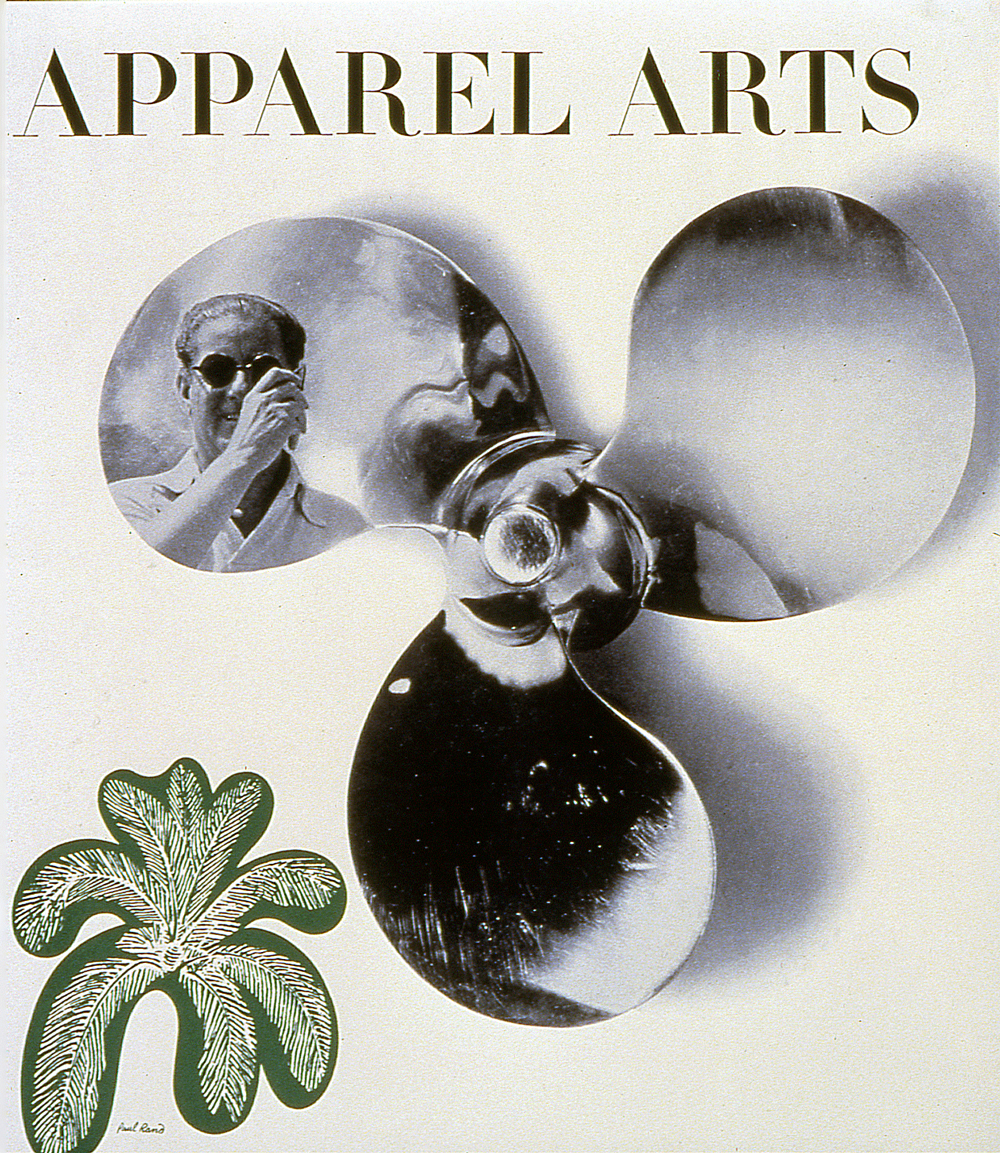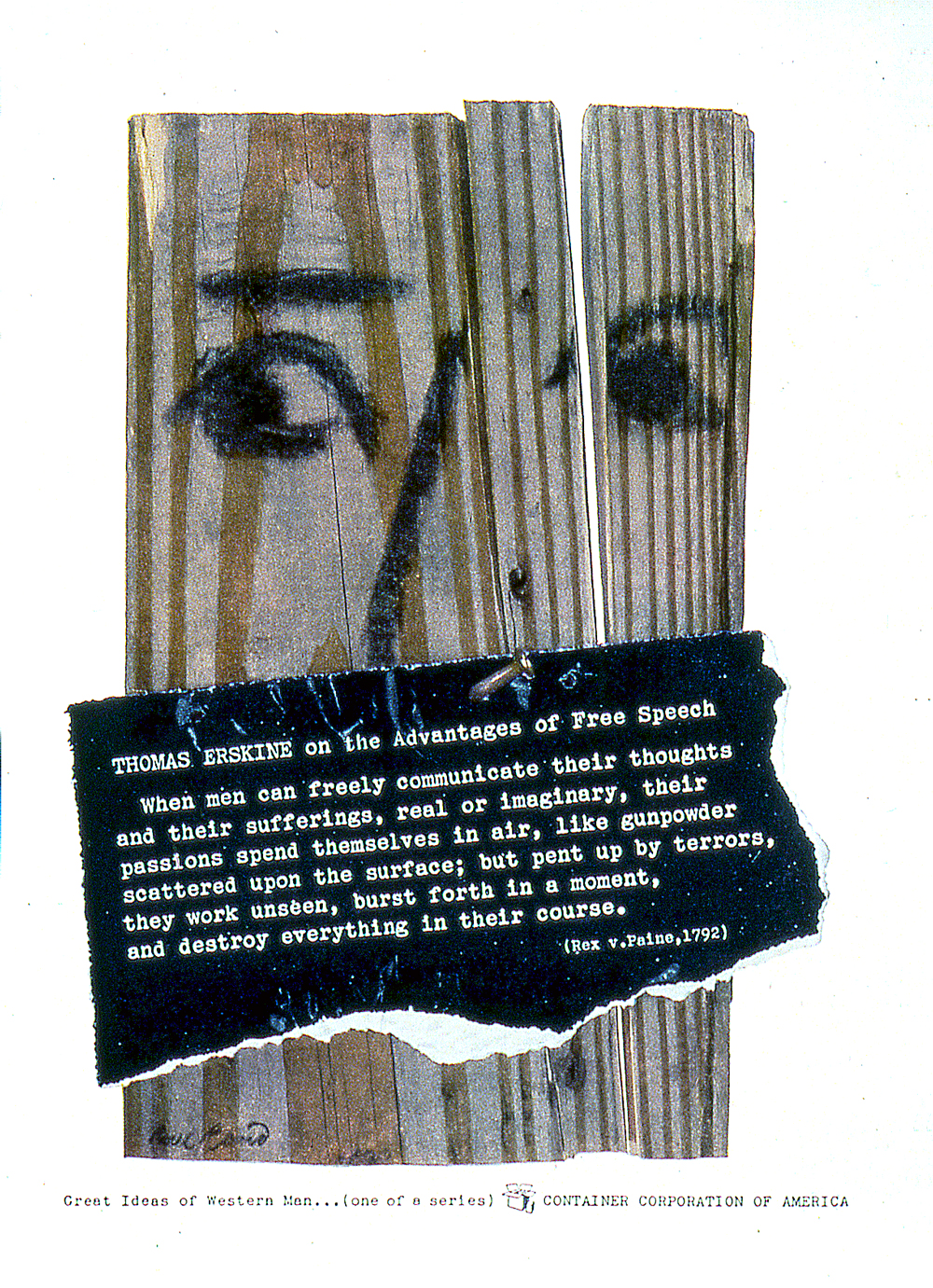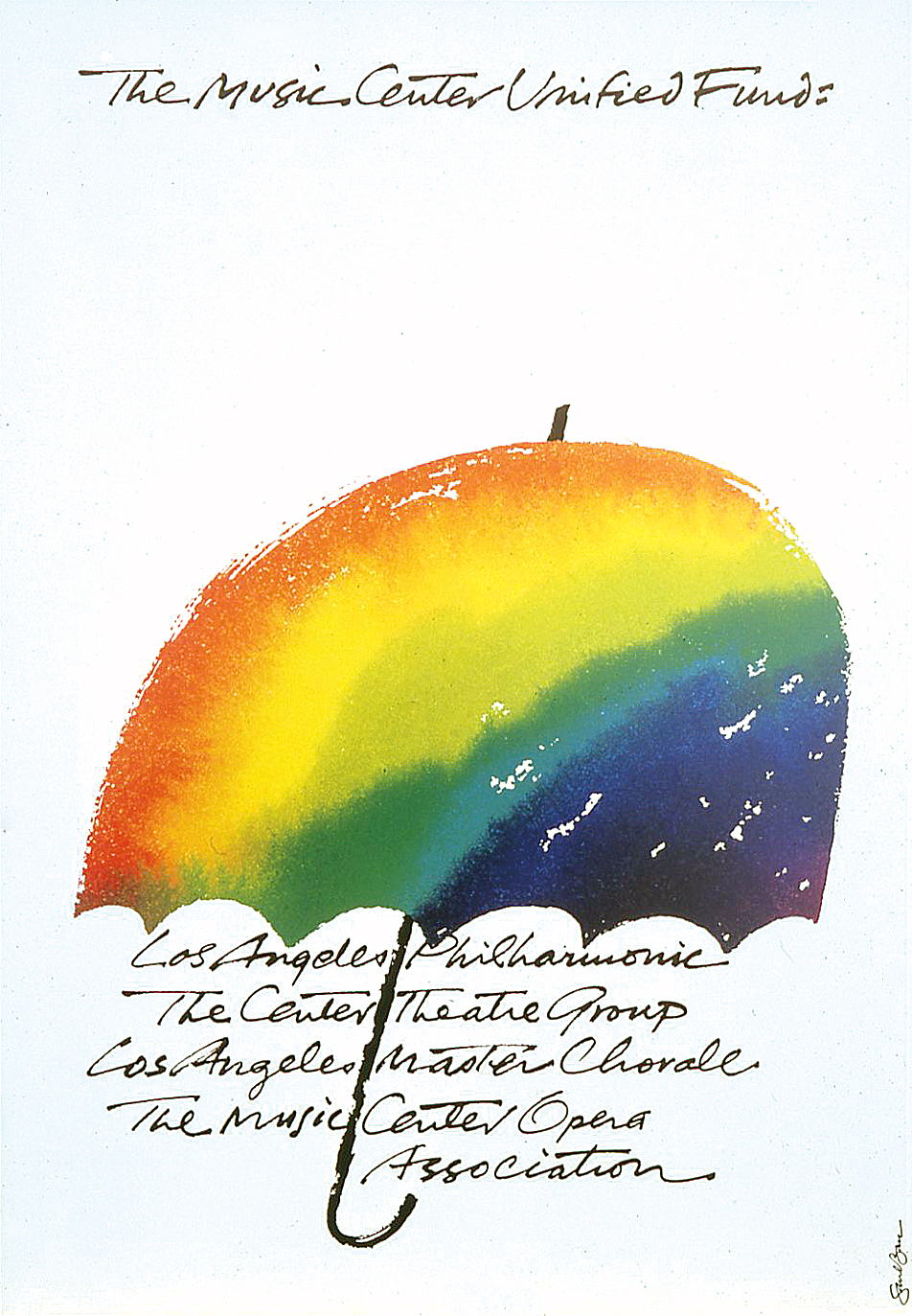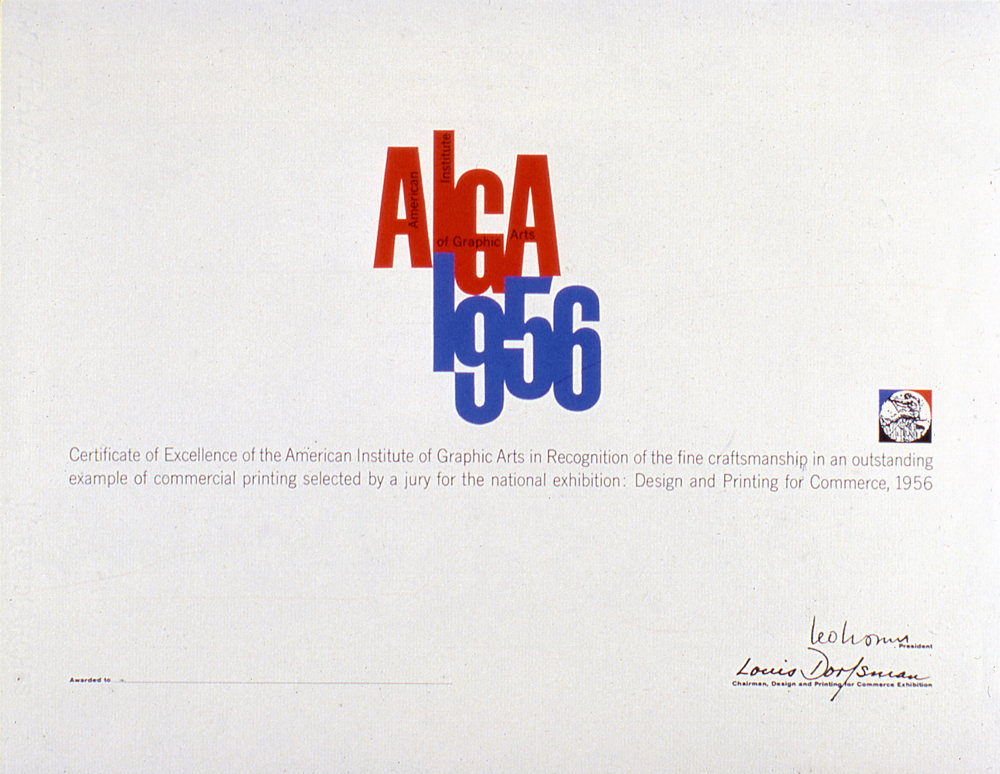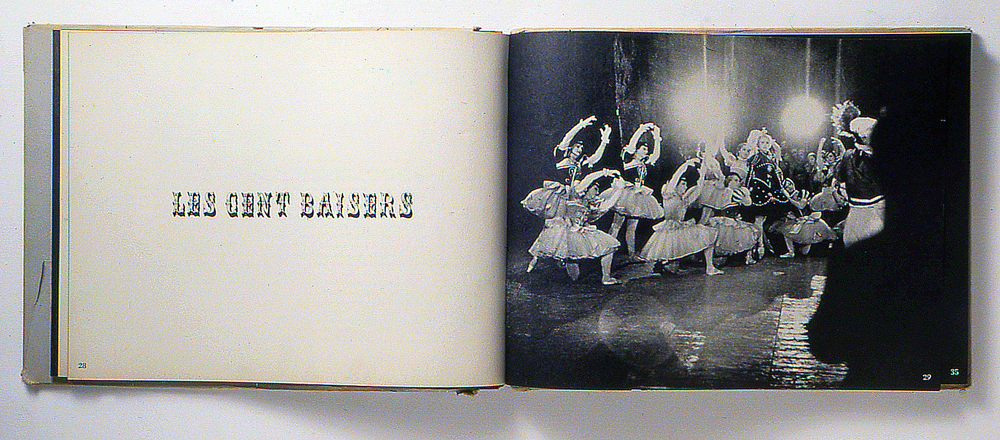The Pleasure of Small Problems
Sean Adams, 2014
Last week, I finished a poster for Dialogues: Poster Art of the Soviet Union. I could do anything I wanted. I chose to stay away from 45 degree angles and Constructivist typography. They just didn't go well with Khrushchev's testicle quote. I had a great time working on it, and hope it is useful for the event. But is it graphic design?
For a long time, the battle cry of design has been "problem solving." Well, what isn't? Create an urban signage system to help revitalize mid-Manhattan. Yep, problem solved. Design an information guide and website to help in an environmental disaster, check. Make an identity system and collateral for a homeless shelter, uh huh. But the problem with narrowing the focus of design onto only a tiny aspect is the inherent exclusion of anything that is deemed as not serious problem solving. If there isn't a multi-page case study, with dense research, clear results, and a sans serif font, then it's not design.
But where does that leave the work that is, frankly, just amazing without a giant purpose? Using the metric of justifying all design by the density of the issue negates most of the work that moved the profession forward. That Paul Rand Apparel Arts Magazine cover with the propeller, really? That had a deep purpose and widespread effect on the garment industry? No, so it's out. The same goes for Saul Bass' beautiful poster for The Music Center, Alexey Brodovitch's Ballet book, and a long list of work that shaped me as a designer.
I'll stick with not defining graphic design. It uses words, symbols, and images to communicate. Some of it solves problems that are big, some solve the problem of making me happy for a moment. That's good for me. Leaving this open allows for work that may be simply ridiculously wonderful.


